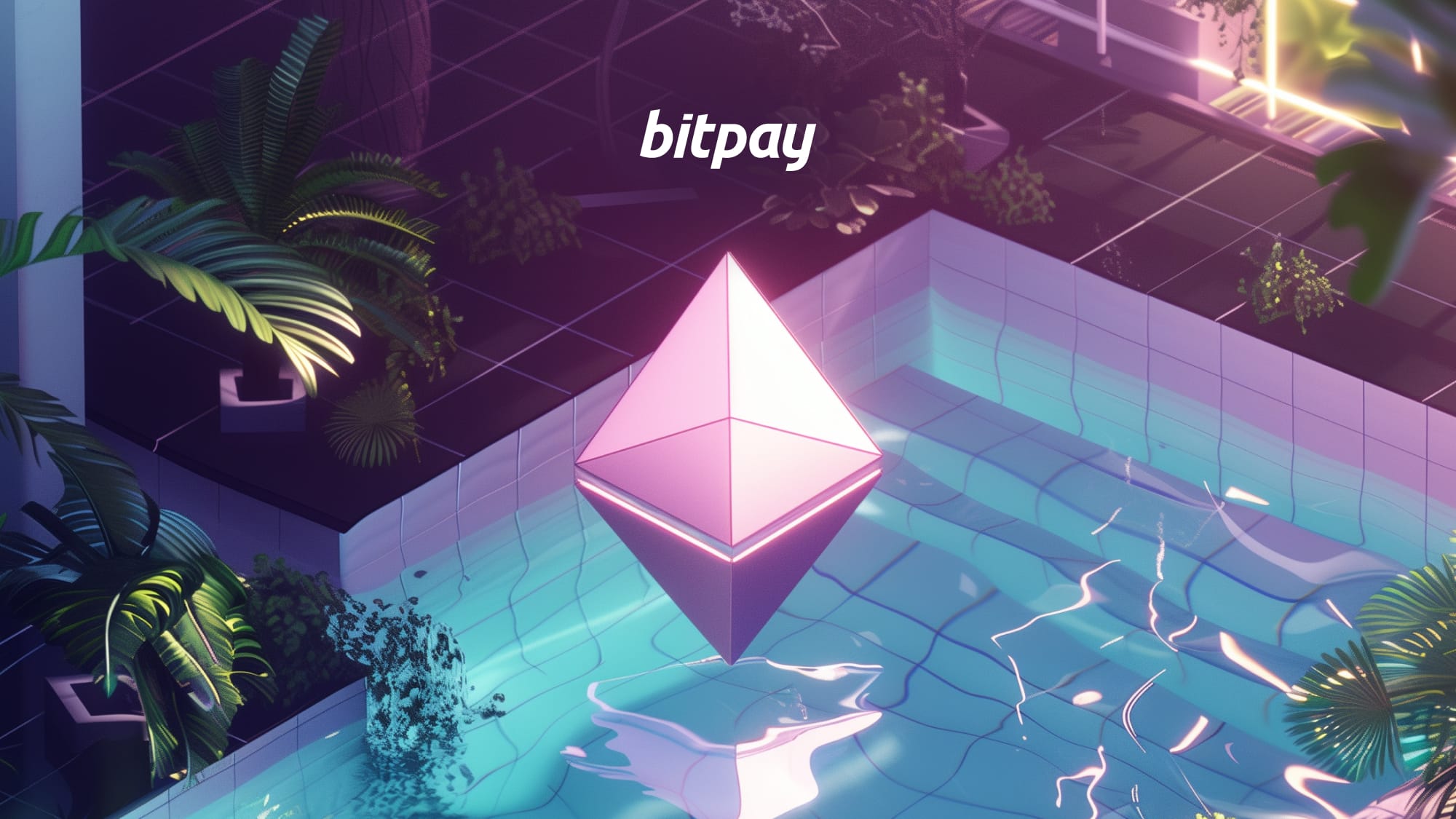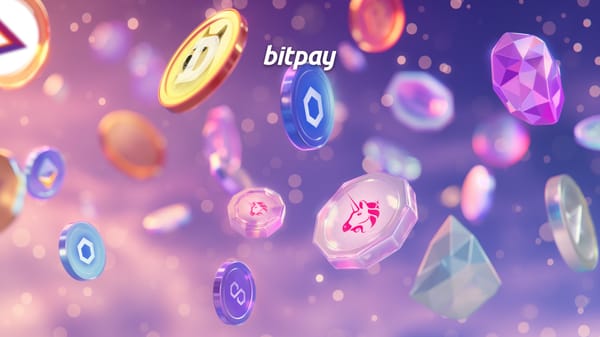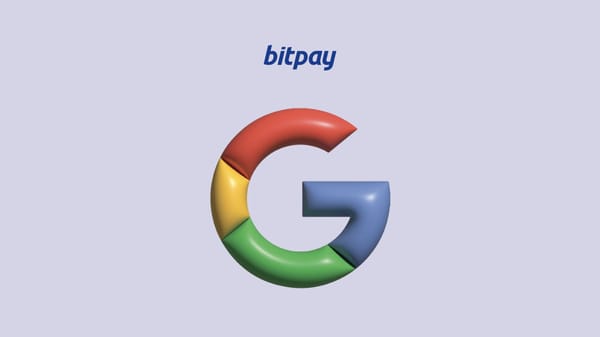Liquidity pools are crucial components of the decentralized finance (DeFi) ecosystem, enabling transactions without the need for traditional financial intermediaries by pooling funds in smart contracts. They offer incentives to liquidity providers through crypto rewards and a portion of trading fees, facilitating trading, lending, and other DeFi activities with mechanisms like Automated Market Makers (AMMs). This democratization of finance provides accessible financial services to the unbanked and underbanked, significantly expanding the reach and efficiency of financial tools globally.
For a sizable portion of people on the planet, it’s not easy to obtain basic financial tools. Bank accounts, loans, insurance, and similar financial products may not be accessible for various reasons.
As of January 2022, approximately 1.7 billion adults worldwide were estimated to be unbanked, according to data from the World Bank's Global Findex database. In other words, close to one-quarter of the world’s population does not have an account with a financial institution.
Bitcoin enables anyone to become their own bank. Decentralized finance (DeFi) makes it possible for anyone with an internet connection to access many of the same financial services that traditional banks offer.
Liquidity pools represent an important aspect of how DeFi works. These are pools of funds that provide liquidity for different DeFi activities. When someone wants to borrow USDC in exchange for ETH, for example, the tokens they receive will come from an existing liquidity pool containing the necessary funds. There are many other ways that crypto liquidity pools work as well.
What are liquidity pools?
A liquidity pool is a collection of crypto held in a smart contract. The purpose of the pool is to facilitate transactions. Decentralized exchanges (DEXs) use liquidity pools so that traders can swap between different assets within the pool.
Liquidity pools work by providing an incentive for users to stake their crypto into the pool. This most often comes in the form of liquidity providers receiving crypto rewards and a portion of the trading fees that their liquidity helps facilitate.
Upon providing a pool with liquidity, the provider usually receives a reward in the form of liquidity provider (LP) tokens. These tokens have their own value and can be used for various functions throughout the DeFi ecosystem. To retrieve the funds they deposited into the pool (plus the fees they’ve earned), providers must destroy their LP tokens.
Thanks to a software innovation called automated market maker (AMM) algorithms, liquidity pools maintain fair market value for all their tokens automatically. Different pools may use slightly different algorithms. For example, many DEX’s make use of a “constant product formula” to maintain token price ratios. This algorithm helps manage the cost and ratio of tokens in accordance with demand. As market demand and supply fluctuates, prices adjust in lockstep.
The importance of liquidity pools
Liquidity pools make it possible to trade crypto without the need for a central intermediary maintaining an order book. This allows traders to swap tokens directly from their wallets, reducing counterparty risk and exposure to certain risks that centralized exchanges may face, like employee theft.
Without a traditional order book, traders also get faster, more efficient trades. It’s not uncommon to have a trade execute at a different price than the one a trader was hoping for in traditional markets. This happens due to the price gap between buy and sell orders on ordinary order books, sometimes called a “spread.”
With the automated, algorithmic trading provided by crypto liquidity pools, investors can have their trades executed right away with minimal slippage if liquidity is sufficient. Buyers and sellers are matched immediately, eliminating spreads since there is no order book. This system automates itself because users are incentivized to provide liquidity in exchange for rewards.
Types of liquidity pools
Here are a few examples of some different types of crypto liquidity pools.
Benefits of liquidity pools
For traders, the benefits of increased liquidity include reduced slippage and faster transactions. In illiquid markets, trades can be subject to slippage, where an order can’t be filled at a single price in its entirety. This can result in buys being executed at higher prices and sells being executed at lower prices. More liquidity also means faster transactions, as there are more funds to go around. Traders won’t need to wait for their orders to be filled.
For developers, liquidity pools provide a way to create decentralized liquidity, enabling any dApp that requires it. When DEXs were first invented, they encountered liquidity problems as they tried to mimic traditional market makers. With their incentives for users to provide liquidity on their own instead of matching buyers and sellers through an order book, liquidity pools provided the mechanism necessary for the rapid growth of DeFi.
How to participate in liquidity pools
Here are some steps to getting started.
To participate in a liquidity pool, it will first be necessary to choose a platform. Some popular options include Uniswap, SushiSwap, Curve, and Balancer. Finding the platform that’s right for you will depend on various factors like what assets you’re looking for, what kind of rewards you can receive, and which user interface you find most appealing. Some useful tools include CoinMarketCap and Pools, where users can investigate different liquidity pools.
Next, you’ll have to connect a crypto wallet. There may be a specific wallet required depending on the platform. MetaMask is the most popular wallet for DEX’s based on Ethereum. Be sure to double check that you’re connecting to a valid DEX, as there are many scams that target user wallets when they’re undertaking this step.
Now it’s time to select a pair. Returns for providing liquidity depend on how the pool works and what assets it holds. Sometimes, you may have to provide what’s known as “multi-asset liquidity,” meaning you must add both assets in a pool. For example, to provide liquidity to a ATOM/USDT pool, you may have to deposit equal amounts of both ATOM and USDT.
Finally, you can add liquidity. After identifying your chosen asset pair and depositing the necessary amount of tokens, you will be handed LP tokens that represent your piece of the pool. Trading fee rewards are usually deposited into the pool automatically. Users can redeem their rewards upon redeeming their LP tokens.
Wrap up on liquidity pools
Liquidity pools constitute a crucial component of the DeFi landscape. Without them, most DeFi services would be lacking. The automation of a market for trading provides benefits like reduced slippage, faster trades, rewards for LPs, and the ability for developers to create new dApps.
To participate in a liquidity pool and see how it works for yourself, create an account on a decentralized exchange like Uniswap. Of course, you will first need a self-custody crypto wallet. MetaMask is a popular option among DeFi users for its ease of use and integration into a web browser. The Brave browser also comes with a built-in web3 wallet that makes it easy for users to access different dApps like those used in DeFi.
Some hardware wallets also offer easy DeFi integration Users of the KeepKey hardware wallet can also use the ShapeShift platform to interact with DeFi protocols directly from their wallet. The Ledger Live app offers a similar functionality for Ledger users.
Remember that proper security practices are paramount when it comes to crypto, and participating in DeFi increases user responsibility. Always maintain a backup your software wallets, keep your hardware wallet seed phrases safe and don’t store them electronically, and don’t share your private keys or seed phrases with anyone. Beware of social engineering attacks like phishing emails, and never download suspicious files or click on suspicious links.


